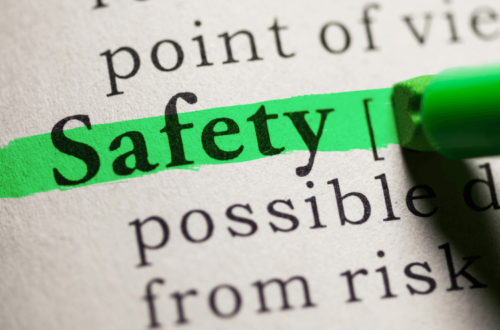
Fostering Employee Responsibility in Safety Practices

Safety in the workplace is paramount for any organization. With potential hazards and accidents lurking around every corner, it becomes crucial to foster a culture of responsibility among employees. The human factor plays a vital role in ensuring workplace safety, as it is the collective actions of individuals that can make a significant difference. In this article, we will delve into the importance of employee responsibility in safety practices and explore practical strategies to promote a safer working environment.
The Significance of Employee Responsibility
- Understanding the Impact of Employee Behavior
Employees’ actions and decisions directly influence workplace safety. A single act of negligence or carelessness can lead to severe accidents, affecting not only the individual but also their colleagues and the overall productivity of the organization. It is essential to comprehend the ripple effect of employee behavior on safety practices.
- Building a Safety Culture
A strong safety culture can be established when employees are actively engaged in promoting safety protocols. It involves cultivating a mindset where every worker considers safety as a personal responsibility and actively looks out for potential hazards or risks.
Strategies to Foster Employee Responsibility in Safety Practices
- Comprehensive Training Programs
Implementing well-structured and ongoing safety training programs is crucial. These programs should cover various aspects of workplace safety, including hazard identification, proper use of safety equipment, emergency procedures, and best practices. Regular training sessions help reinforce safety protocols and empower employees to take responsibility for their own safety and that of others.
- Leading by Example
Organizational leaders play a pivotal role in influencing employee behavior. When leaders prioritize safety and actively demonstrate safe practices, it creates a domino effect on the rest of the workforce. Employees are more likely to adopt responsible safety behaviors when they see their supervisors and managers following the same protocols.
- Encouraging Open Communication
Creating an environment where employees feel comfortable expressing safety concerns or reporting potential hazards is vital. Regular safety meetings and open-door policies can foster open communication channels, enabling prompt action on safety-related matters.
- Recognizing and Rewarding Safe Behavior
Incentivizing safe behavior encourages employees to take ownership of safety practices. Organizations can introduce safety reward programs where individuals or teams adhering to safety protocols are recognized and rewarded for their contributions.
Promoting employee responsibility in safety practices is a collaborative effort that requires active participation from all levels of an organization. By instilling a culture of safety and accountability, businesses can minimize workplace accidents and create a safer, more productive work environment. Remember, safety is everyone’s responsibility.
FAQs
1. Why is employee responsibility important for workplace safety?
Employee responsibility is crucial for workplace safety because the actions of individuals directly impact the overall safety culture of the organization. Responsible behavior reduces the likelihood of accidents and promotes a safer work environment.
2. How can organizations foster a culture of responsibility?
Organizations can foster a culture of responsibility by providing comprehensive safety training, leading by example, encouraging open communication, and recognizing and rewarding safe behavior.
3. What role do leaders play in promoting safety?
Leaders play a significant role in promoting safety by setting an example and prioritizing safety in their actions and decisions. Their commitment to safety influences employees to follow suit.
4. How can employees contribute to safety improvement?
Employees can contribute to safety improvement by being vigilant, reporting potential hazards, and actively participating in safety training and initiatives.
5. What are the benefits of a strong safety culture?
A strong safety culture leads to reduced accidents, improved employee morale, increased productivity, and enhanced reputation for the organization.




